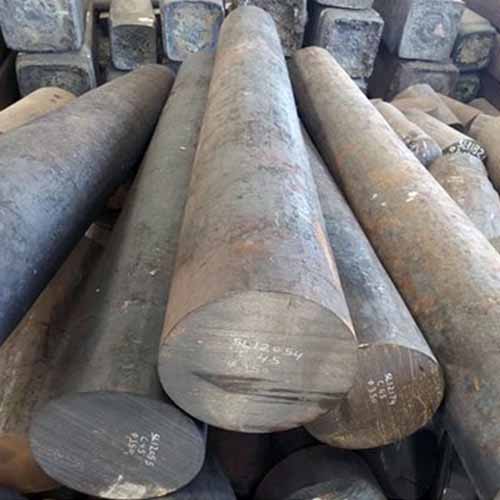
A comprehensive overview of H13 tool and die steel round bars, covering their composition, properties, applications, processing methods, standards, and surface finish options.
When selecting this material for specific applications, it's essential to consider its properties and suitability for the intended use case, consulting with material engineers or suppliers if necessary.
Chemical Composition (Min-Max):
| Element | Minimum (%) | Maximum (%) |
|---|---|---|
| Carbon (C) | 0.32 | 0.45 |
| Silicon (Si) | 0.80 | 1.20 |
| Manganese (Mn) | 0.20 | 0.50 |
| Chromium (Cr) | 4.75 | 5.50 |
| Molybdenum (Mo) | 1.10 | 1.75 |
| Vanadium (V) | 0.80 | 1.20 |
Mechanical Properties:
Physical Properties:
Applications: H13 tool and die steel round bars are extensively used in applications requiring high strength, toughness, and heat resistance, such as in forging dies, extrusion dies, die casting tools, and hot stamping tools for manufacturing processes in the automotive, aerospace, and plastic molding industries.
Processing:
Standards: H13 tool and die steel typically conforms to international standards such as ASTM A681 and ISO 4957.
Surface Finish: Surface finish options for H13 tool and die steel round bars include black, peeled, ground, or polished, depending on the application requirements.